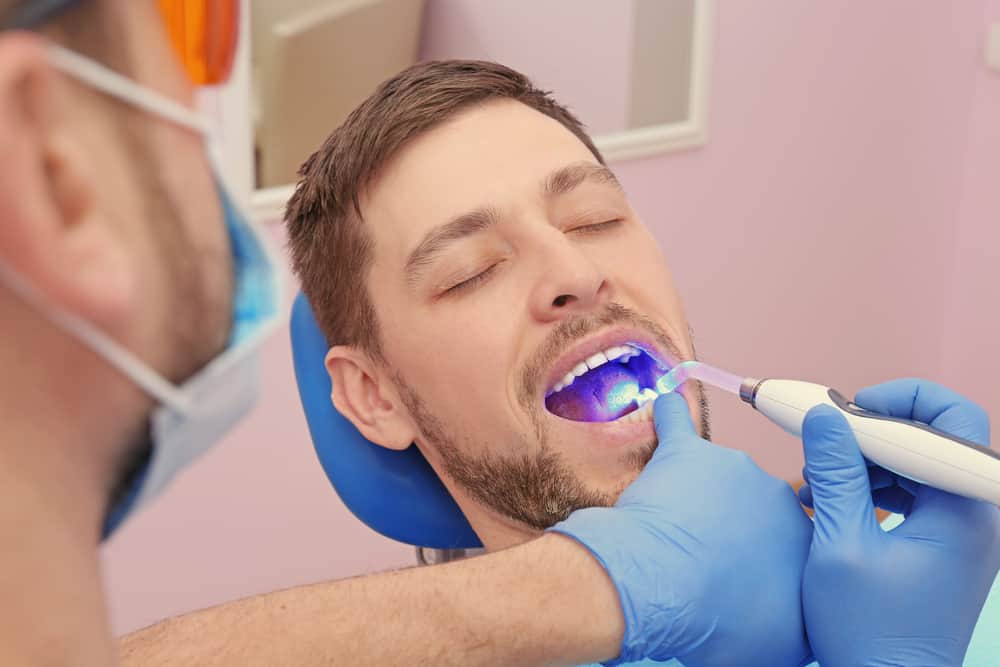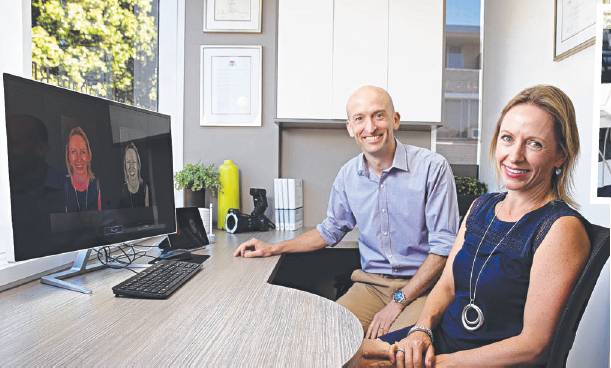Dental Fillings
Fillings are used to “fill” holes in your teeth which are caused by tooth decay, poor oral hygiene, or an unhealthy lifestyle. There are many different types of filling available depending on the cavity at hand.
What are
fillings?
Fillings are put into cavities in your teeth, helping to prevent pain/discomfort and further tooth decay from occurring.
At Mona Vale Dental we prefer not to have to fill teeth if we don’t have to – the best filling material is natural tooth! However, bacteria can cause decay in our teeth and this means that at times we may have to do a filling.
We use tooth-coloured fillings called Composite Resin that are both tough and good-looking. We try to remove as little natural tooth as possible during the process, and retain as much of your natural tooth, and select the shade of filling that best suits the natural shade of your tooth. This way we make sure that the filling blends into the rest of your mouth.

Tooth-coloured filling FAQ's
Normally, your tooth will be sensitive to heat and cold for about 2 days after the filling. Some people don’t notice any pain, and for those that do the pain is normally very mild. You should feel no pain and be back to normal in three days.
With regular care and maintenance, a typical filling will last 5-10 years before it needs to be replaced.
Fillings come in a wide variety of material: amalgam silver & tooth-colored composites, are most common.

How do I know if I need fillings?
If you are caused physical discomfort or self-consciousness due to a large cavity in your teeth, then you most likely require a filling.
Fillings can allow you to eat and drink without feeling pain in your cavity-stricken tooth, and they can also allow you to feel more confident when you smile!

How do fillings work?
Fortunately, fillings are usually simple enough to rectify – if the problem is identified and diagnosed at an early enough stage. Your dentist will examine your mouth and, if necessary, use specialist tools and/or X-ray equipment to locate the source of the issue. Here’s how it works:
First, the dentist will numb your tooth if required (as well as the surrounding teeth and gums) with a local anaesthetic, meaning that you won’t feel any pain during the procedure.
‘The Wand’ allows painless delivery of anaesthesia. Say goodbye to needles! Quicker delivery, numb for less time and more comfortable. The Wand is a computerised system for delivering local anaesthetic. The delivery of the anaesthetic is through a wand shaped device. Perfect for children and anxious patients.
Next, the dentist will use a drill to clean away any decay in the cavity, removing bacteria in the process. This helps to stop the decay process from getting worse.
The CBCT image is used for many treatments including implant planning. This allows for the team to plan a computer guided implant treatment, resulting in the least invasive and most accurate treatment for you.

